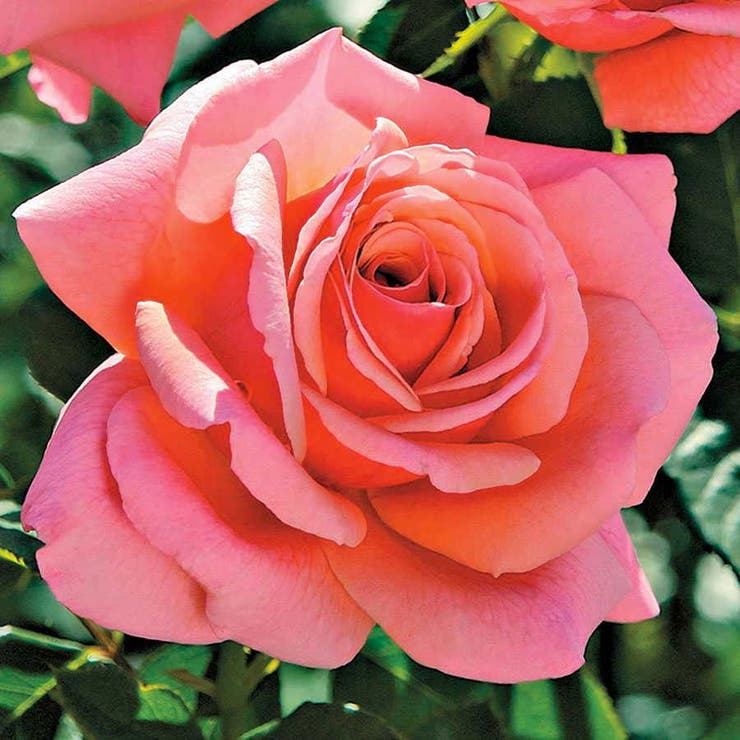Catalina Grandiflora Rose


In stock
| Ships according to scheduleDescription / Catalina Grandiflora Rose
A great garden performer, Catalina blooms in flushes from late spring to late fall. Blooms arise in clusters of 3 to 5 tea rose-scented, soft apricot-pink blossoms that finish various shades of warm apricot-pink to yellow. They have a darker pink reverse that creates a wonderful sense of depth and visual appeal. The 4-inch, 35- to 40-petaled, high-centered blooms stand atop sturdy, 16- to 20-inch stems—perfect for cutting—and stand out dramatically against the glossy, dark green foliage.
The shrub itself reaches a mature size of 5 feet high and 4 feet wide, ideal for everything from beds and borders to the cut garden. The plant will perform best in well-drained soil in full sun. Remove spent blooms to encourage more to arise. Prune in spring, removing dead and old canes as well as any that cross. Gardeners in warm climates should cut back the others by about one-third; those in colder areas need to trim a bit more.
NOTE: Tree and patio roses are hardy to Zone 6 regardless of the rose variety grafted to their tops.
Product Details
| Free Shipping | No |
|---|---|
| Genus | Rosa |
| Variety | 'JACcolap' |
| Plant Patent | PP 19,490 |
| Product Classification | Grandifloras, Roses |
| USDA Zone Low | 4 |
| USDA Zone High | 9 |
| Sun / Shade | Full Sun |
| Bloom Color | Apricot, Pink |
| Max Bloom Size | 4.00 |
| Bloom Season Start | Late Spring |
| Bloom Season End | Late Fall |
| Foliage Color | Dark Green, Glossy |
| Special Features | Bloom First Year, Pruning Recommended, Repeat Bloomer |
| Uses | Beds, Border, Cut Flowers |
| Zone | 4, 5, 6, 7, 8, 9 |
| Discount Exempt | No |




